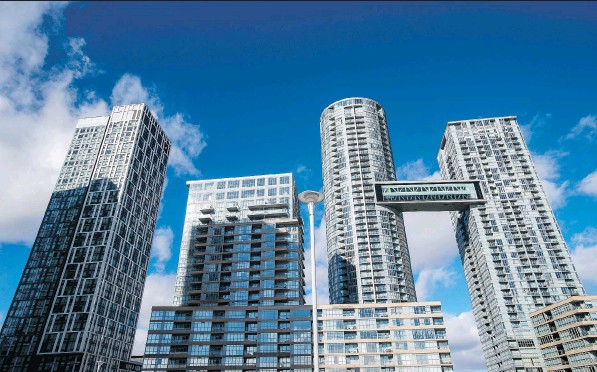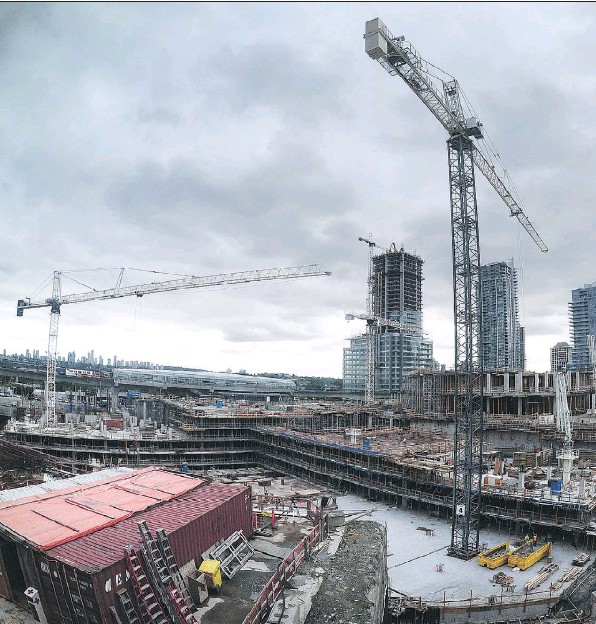Shell companies, nominees and trusts mask the real buyers
SAM COOPER
The Vancouver Sun
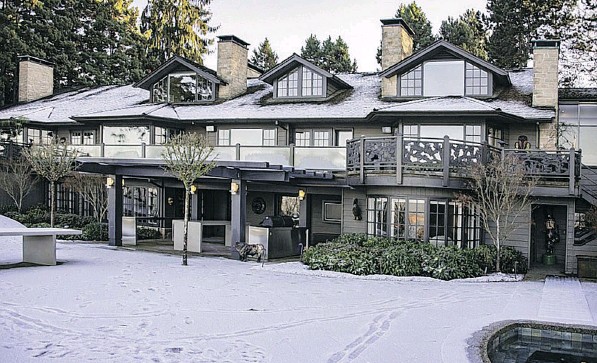
The majority owner of a Point Grey mansion that sold earlier this year for a record $31.1 million is a student, property records show. ALIX BROWN/ SHONA HURST
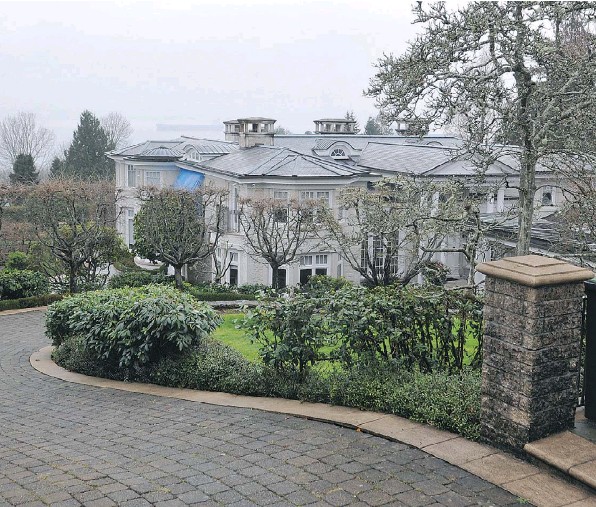
The property at 5695 Newton Wynd is owned through a B.C. numbered company whose only director is a Vancouver lawyer. ARLEN REDEKOP
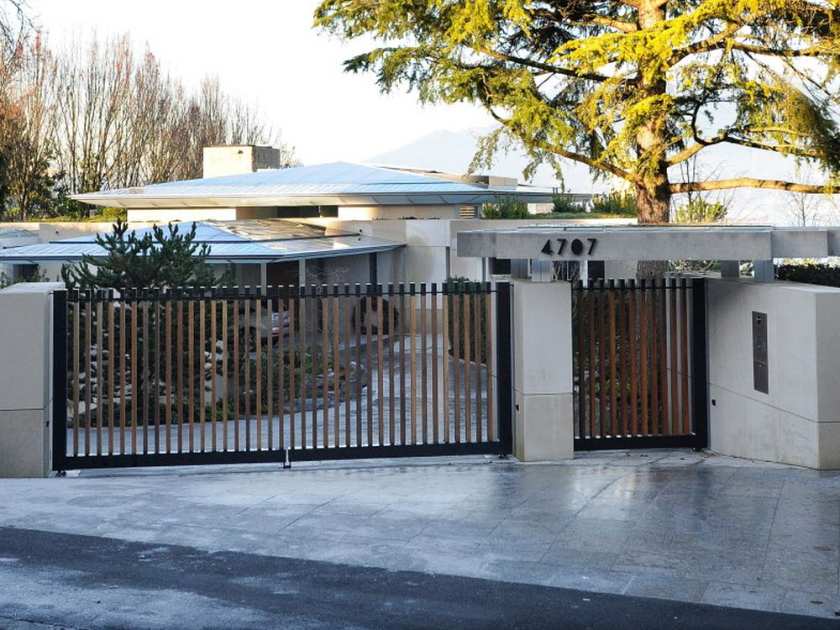
4707 Belmont in Vancouver is a $57-million Point Grey property owned through a shell company in the British Virgin Island. Ric Ernst
Almost half of Vancouver’s 100 most expensive homes are bought using shell companies or other financial tools that obscure the identity of the true owners, a report from anti-corruption group Transparency International says.
The report, which focuses on money laundering and tax evasion vulnerabilities in Canadian real estate through a study of Vancouver luxury homes, slams Canada for failing to close home-ownership loopholes related to shell companies, trusts and nominees.
The report concludes the prevalence of non-transparent ownership in B.C. luxury real estate makes it impossible to measure how much offshore cash is invested in B.C. homes, even though B.C. is attempting to collect data on foreign ownership.
“An influx of overseas capital is one of several causes of rising property prices (in Vancouver and Toronto), but the extent and impact of foreign investment remains unknown since very little data is collected on property owners,” the report says. “Individuals can use shell companies, trusts and nominees to hide their beneficial interest in Canadian real estate.”
Compared to other advanced economies, Canada has weak transparency laws, the report states. Transparency International is a non-government coalition that studies global corruption and advocates legal reforms to fight financial crimes.
“Though Canada is not known as a global hub for money laundering and tax evasion, our legal framework and lax enforcement environment make it easy for individuals to misuse private companies and trusts,” it says. “Anonymous companies and trusts are the getaway cars of financial crime. … Canada is an increasingly attractive destination for those looking to park and invest the proceeds of crime.”
The report notes that Canada has for unknown reasons failed to live up to its international commitments to close loopholes that are abused by financial criminals, and a resulting “secrecy regime” has emerged.
To illustrate the point, the report notes that “as a testament to the secrecy afforded in Canada, the law firm at the centre of the Panama Papers leak, Mossack Fonseca, marketed Canada to its clients as an attractive place to set up anonymous companies.”
In examining Vancouver’s 100 most valuable homes, the report found that 46 per cent — amounting to more than $1 billion in assets — have opaque ownership. Of the 100 properties, 29 are held through shell companies, at least 11 are owned through nominees (listed as students or housewives on land titles), and at least six are disclosed as being held in trust for anonymous beneficiaries, the report says.
Trusts are private contracts — which are sometimes voluntarily disclosed to protect the owner’s interests — but they do not have to be registered in Canada or listed on land titles, report author Adam Ross said in an interview with Postmedia. Therefore, it is impossible to know how many of the 100 homes examined are owned through undisclosed trusts, Ross said.
“Looking at these 100 homes is a good indication that we have no way of knowing who really owns property in B.C.,” Ross said. “It should be ringing alarm bells for most Canadians … this is the perfect storm for people outside Canada to come to the weakest link for potential money laundering in real estate.”
Trusts and shell companies can be used in B.C., the report states, to avoid property transfer taxes. Ross said there are legitimate reasons for commercial real estate to be transferred through companies without triggering property tax. But this “tax loophole is also available to owners of residential property that is held through shell companies,” the report states.
In an interview, UBC real estate economist Tsur Somerville said he can see legitimate uses of some of the ownership structures outlined in the Transparency International report. For example, using companies to transfer ownership shares in companies that own multiple properties without triggering property tax is reasonable, Somerville said. But, he said, “I think it is different for single unit properties.”
Ross said crime groups in Canada are believed to hide ownership with the means outlined in the report, and a host of factors he looked at suggest the methods are also used by foreign buyers. The report notes that a 2016 report from the Paris-based Financial Action Task Force, an inter-government anti-money-laundering agency, says corrupt officials from China are known to use obscure ownership structures to launder money in Vancouver real estate.
It is also impossible, the report states, to judge how many nominees are represented in the sample of 100 luxury homes.
A nominee is a person who appears as owner on the title of a home but is not the real buyer. For the purposes of the report, Ross classified students and housewives on land titles as nominees.
Of the 42 luxury properties in the sample that were sold in the last five years, 26 per cent were owned on paper by students or homemakers, the report says. But “only one of the 58 homes bought before 2011 is owned through an obvious nominee,” the report says.
The report cites a recent Postmedia story that revealed a student from China had bought a Point Grey mansion for $31.1 million.
“Though the value of the transaction was unique, the deal is part of a wider trend whereby unemployed individuals are acquiring luxury property in the city with other people’s capital,” the report says.
“These individuals have no source of employment income and are likely nominees for family or friends.”
The use of nominee owners is a common tool for money laundering through real estate, according to an RCMP case study, the report says. Also, “beneficial owners can use nominees to avoid or evade tax by claiming principal residence or first-time homebuyer exemptions,” the report says.
Shell companies, defined as companies with no business operations that are only used to hold assets, are ripe for abuse in B.C., Ross said.
The report says in Canada there is no need to show documentation to prove your identity as a company owner, and owners can list other people as nominees and directors, and in B.C. shareholders don’t have to be identified.
“A recent study found that of 60 countries around the world — including known tax havens and secrecy jurisdictions — only in Kenya and a select few U.S. states is it easier to set up an untraceable company than it is in Canada,” the report states. “In Canada, more rigorous identity checks are done for individuals getting library cards than for those setting up companies.”
The report cites several examples of anonymous home ownership through foreign registered companies. In one case, a $57- million Point Grey property is owned through a shell company in the British Virgin Islands. In another, an anonymous owner bought two penthouses in the Fairmont Pacific Rim for $40 million in 2013, through a company in the United Arab Emirates.
The report recommends the federal government establish a central registry of companies and trusts and their true beneficial owners, which is a measure already taken in the United Kingdom and due to be established in other First-World economies.
“Anonymous companies and trusts deprive treasuries of billions of dollars in tax revenues each year, add considerable cost to law enforcement, and hinder asset recovery,” the report says. Establishing a registry of hidden owners would save the government money and “would also help to level the playing field, ensuring that responsible taxpayers do not shoulder the burden for those seeking to skirt the system.”
The report recommends that “beneficial ownership information should be included on property title documents, and no property deal should be allowed to proceed without that disclosure. In cases where a property is held through a nominee, this should be explicitly stated and the identity of the beneficiary should be disclosed.”
© 2016 Postmedia Network Inc




